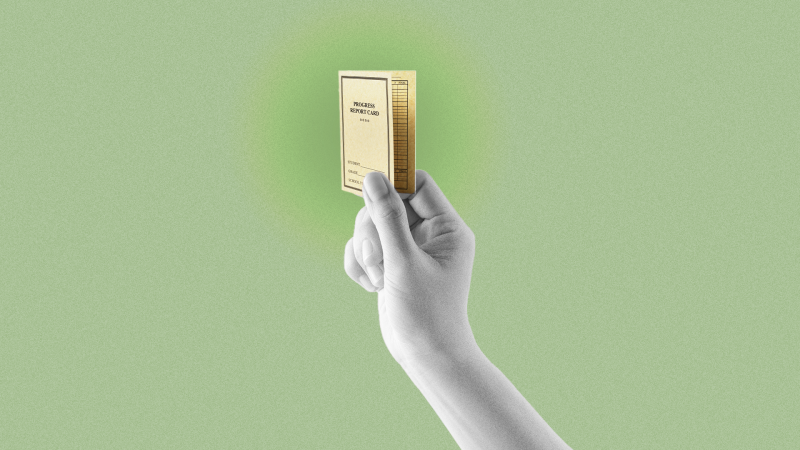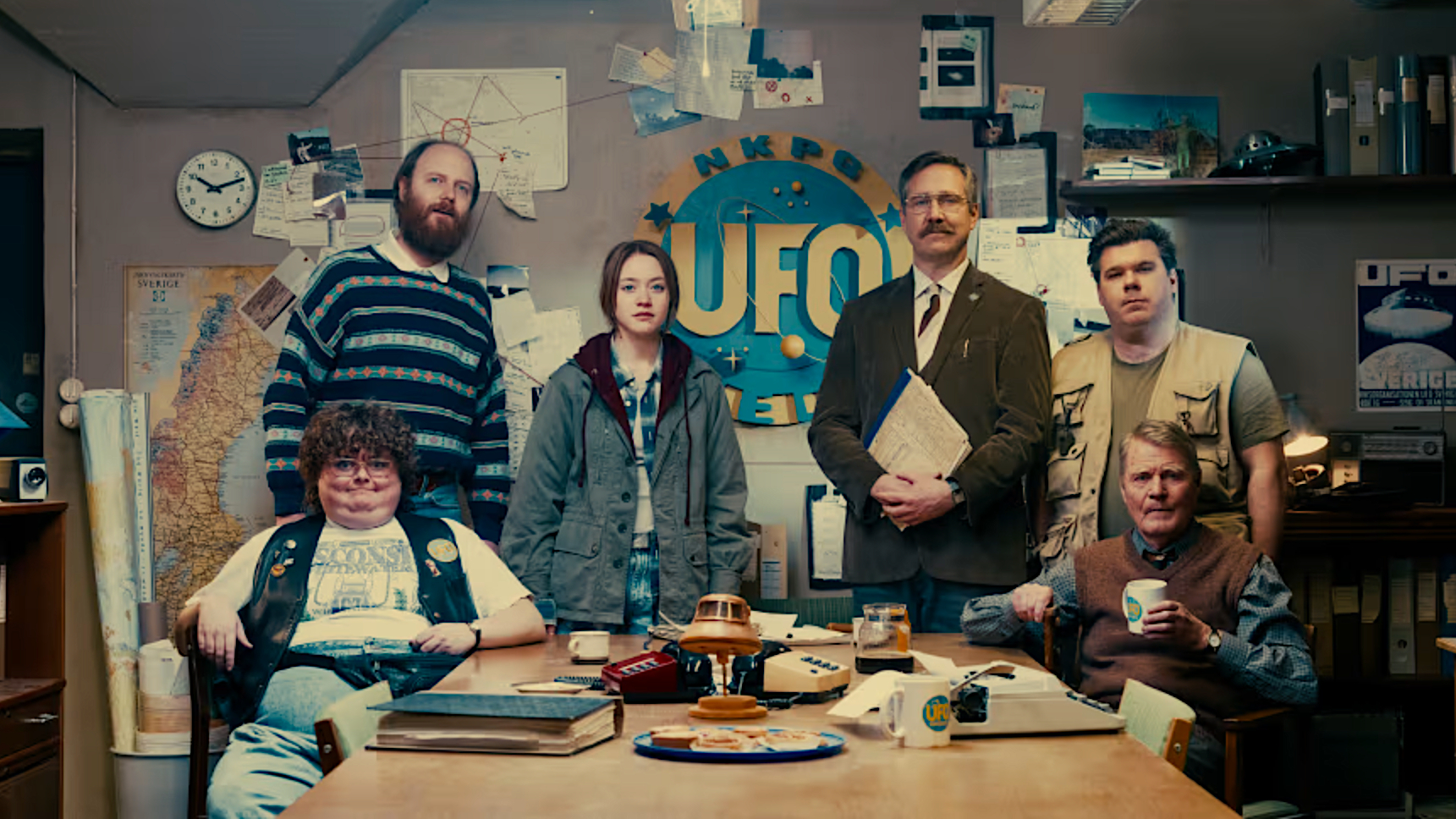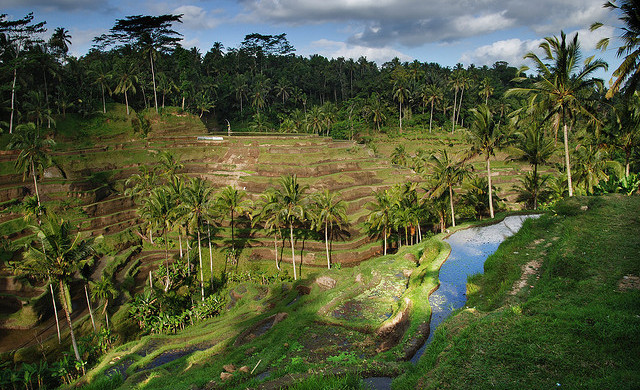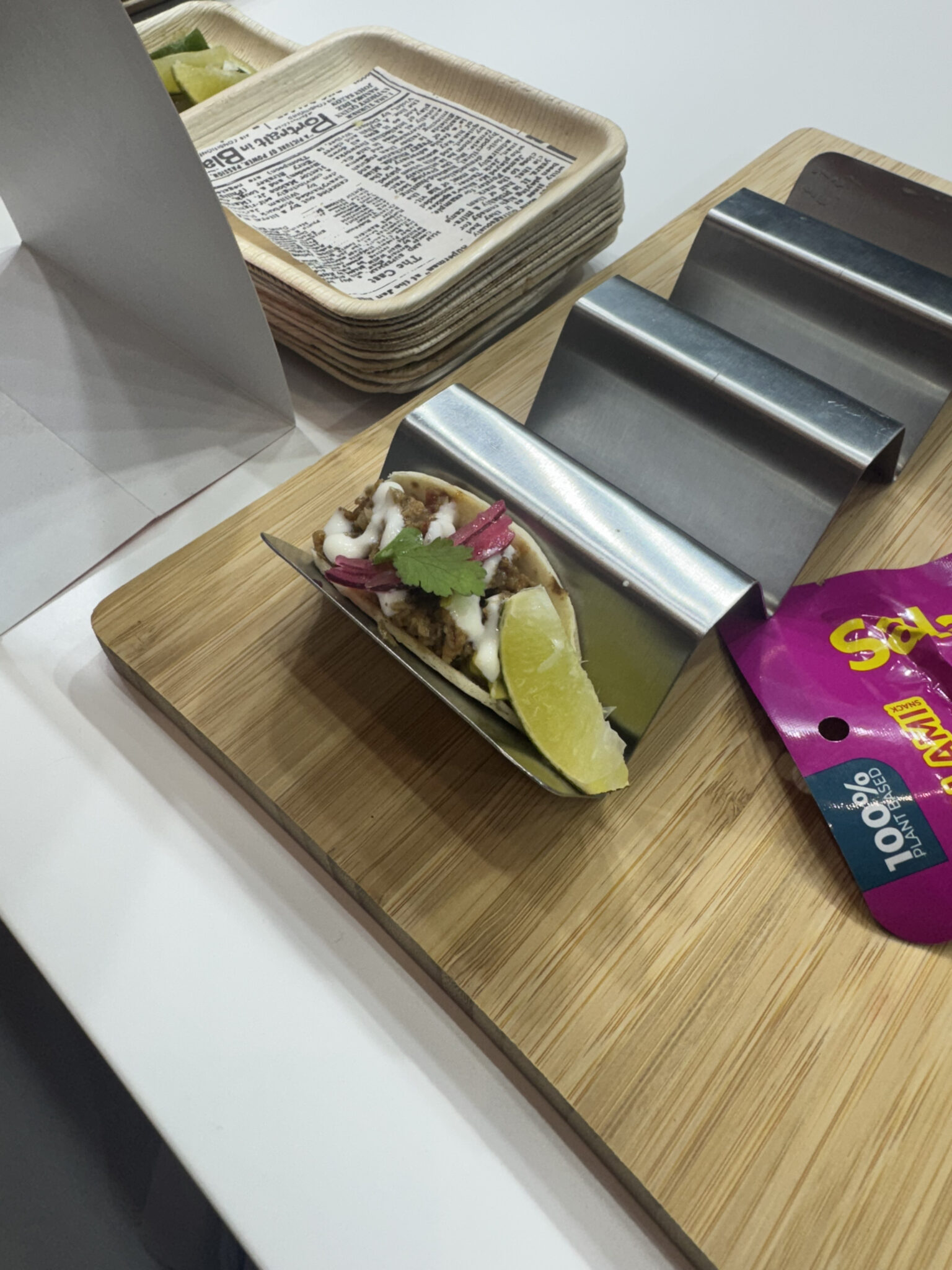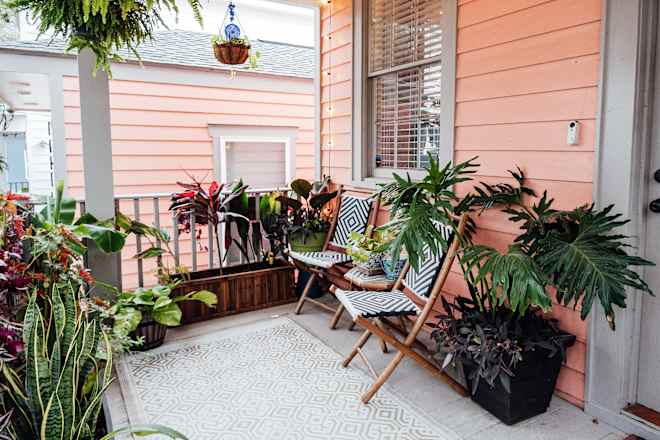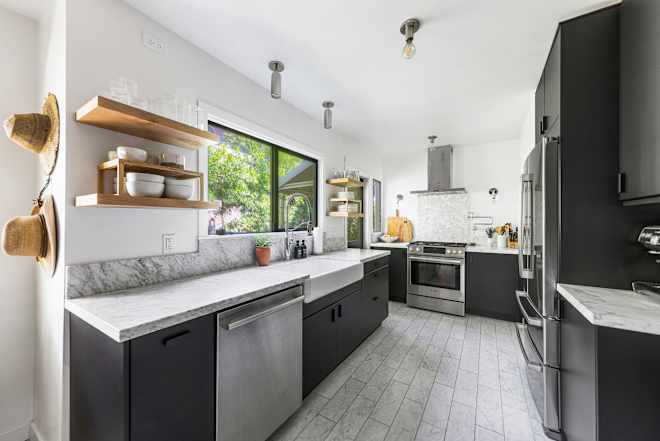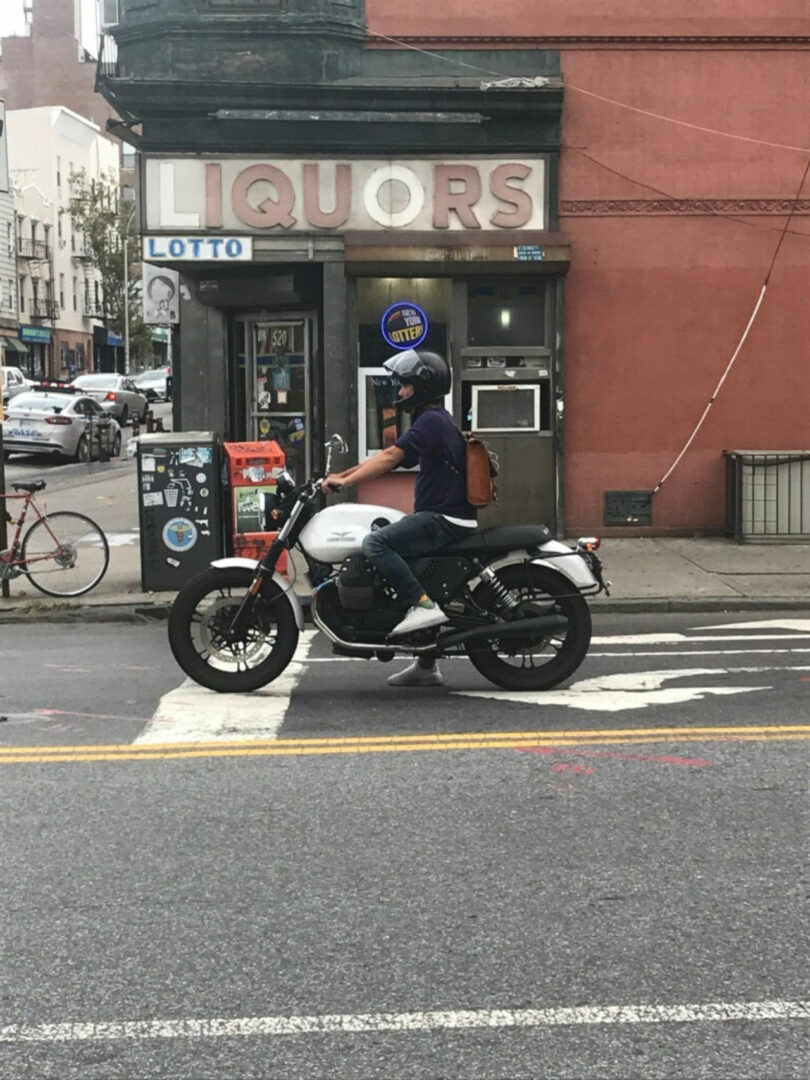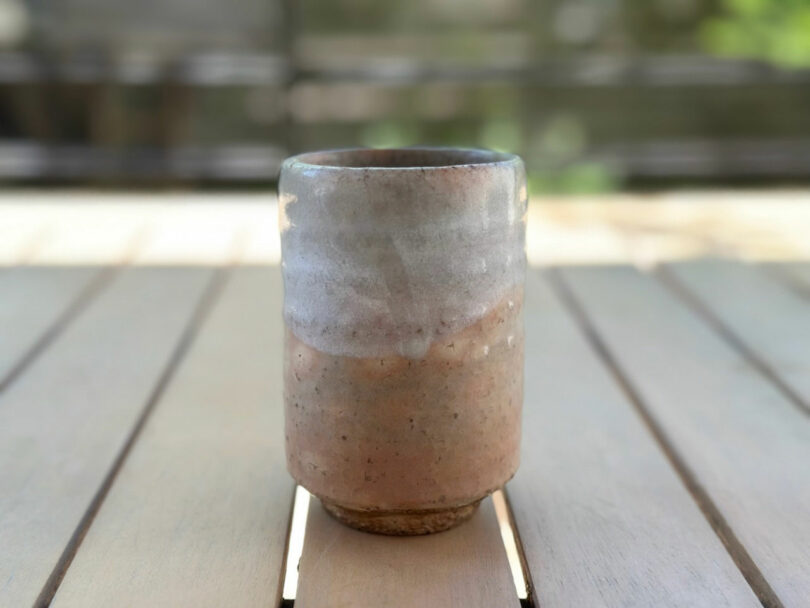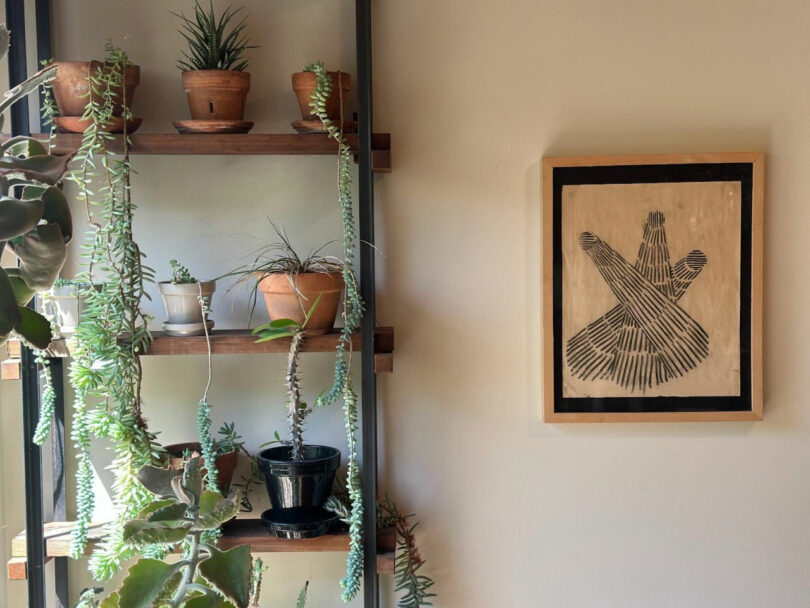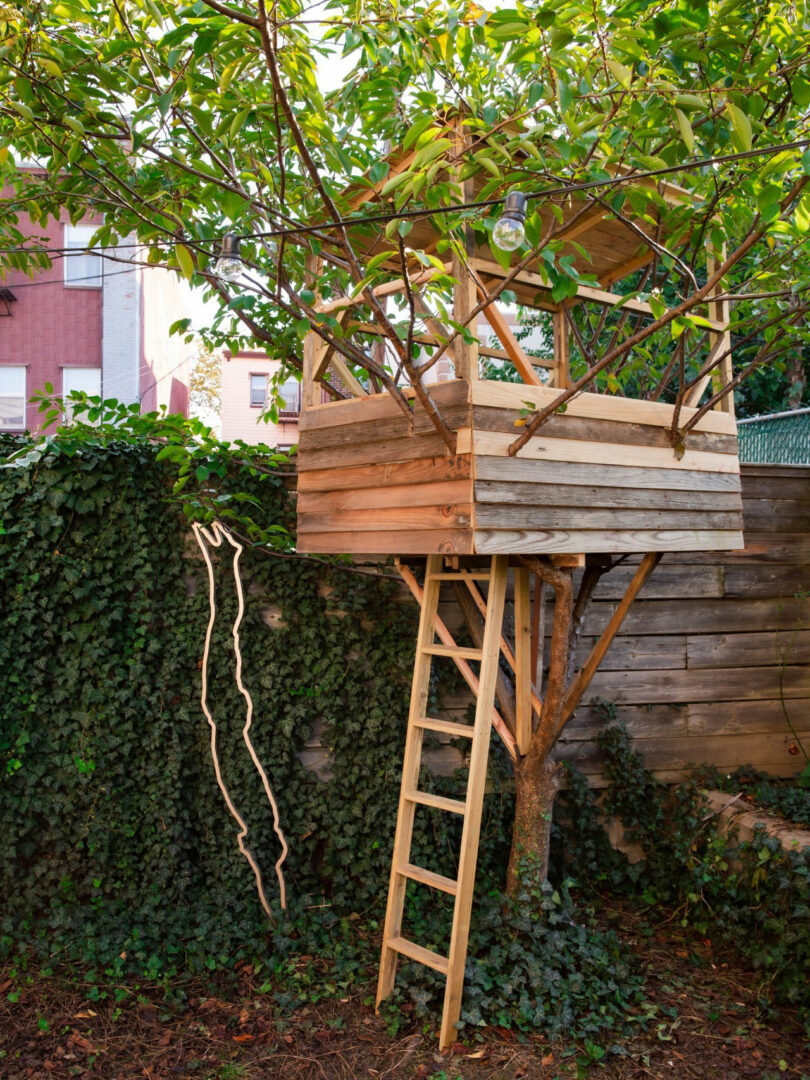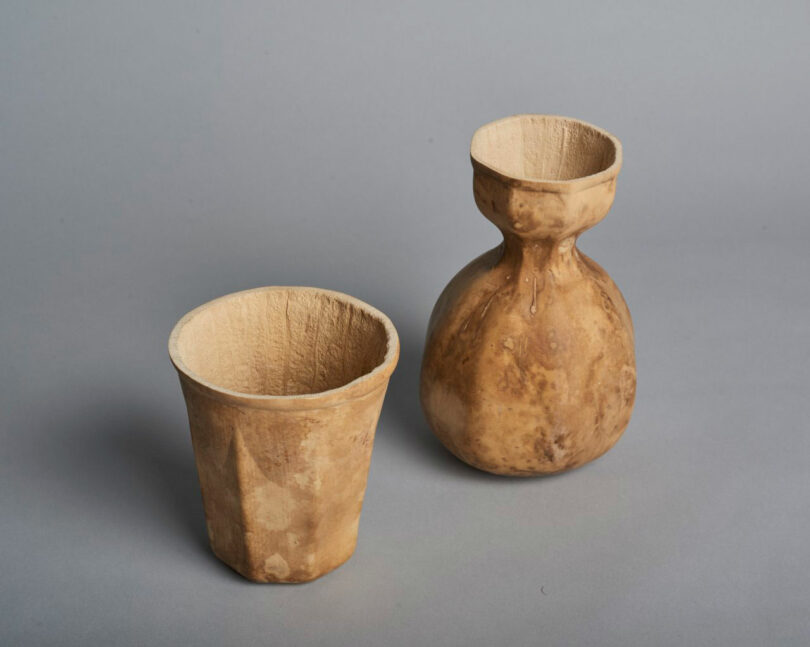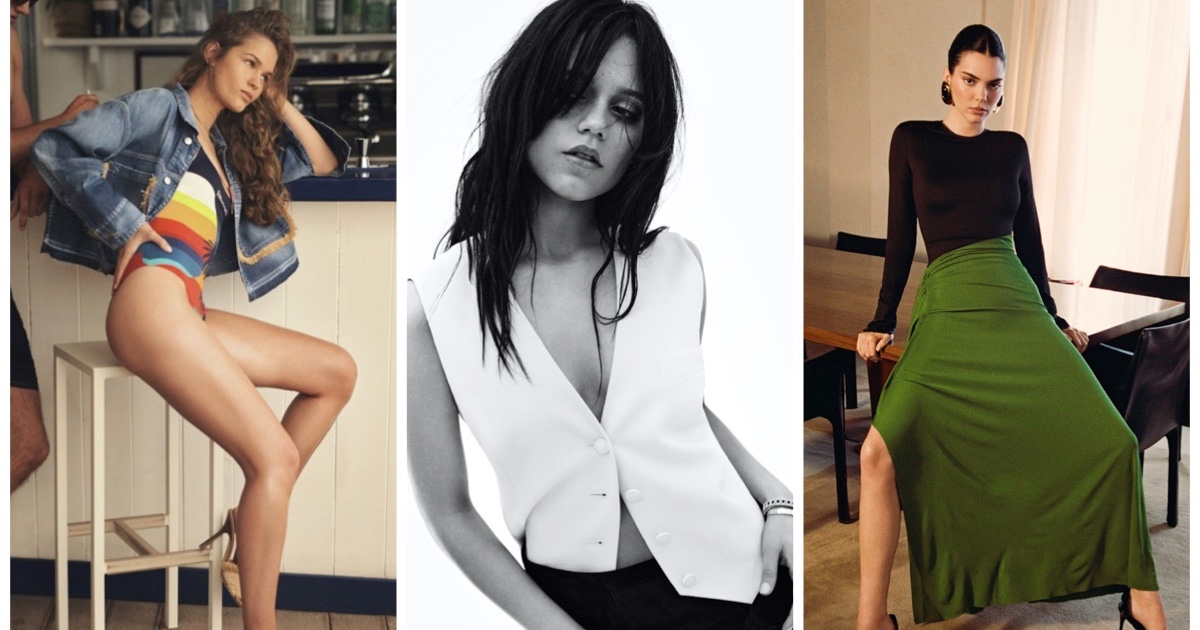F5: Jun Aizaki on his Motorcycle, Yunomi, Knives, Plants + More
Jun Aizaki, founder and principal of CRÈME, shares some of his favorite things, from his knife collection to his motorcycle, and more.
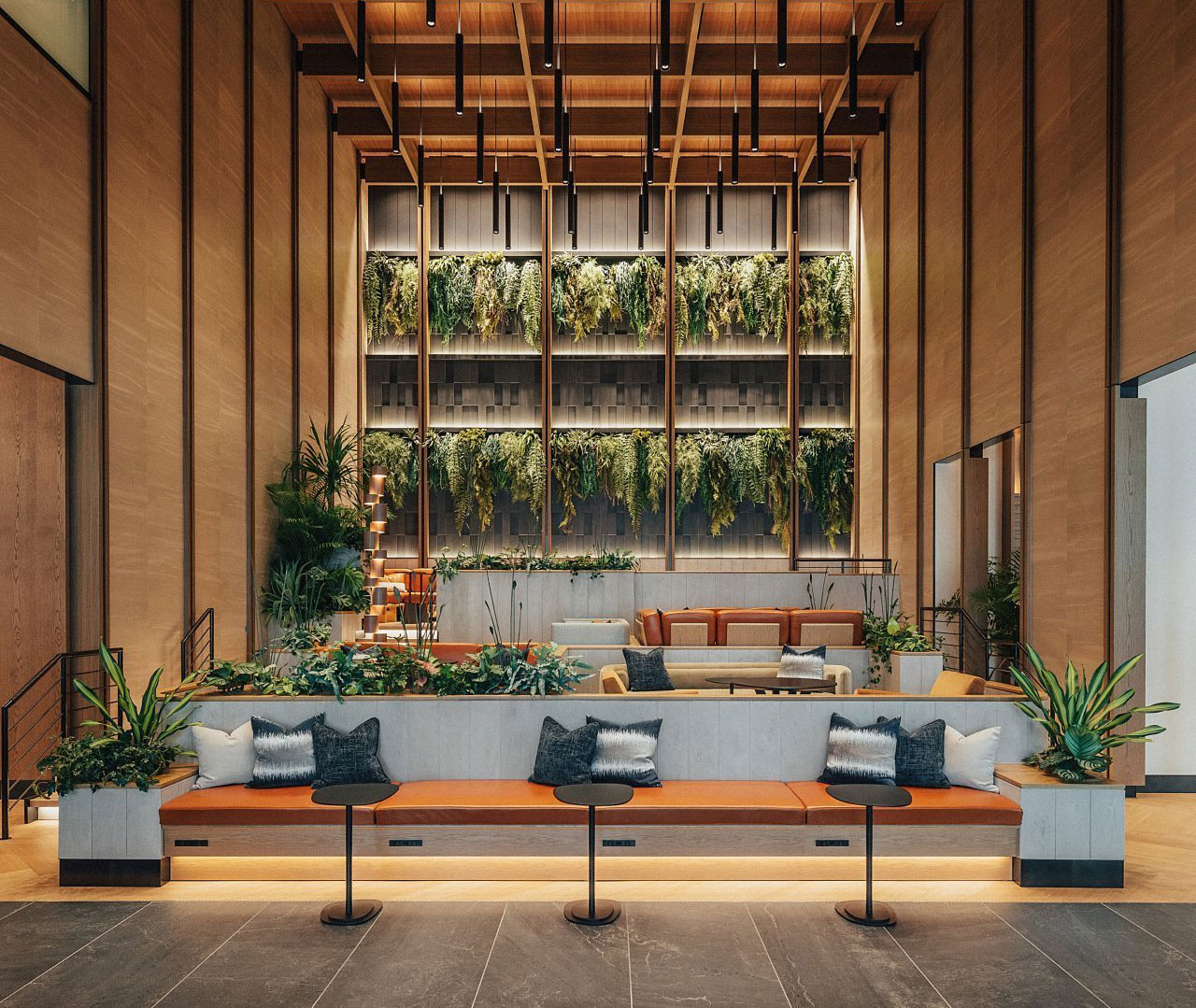
When Jun Aizaki was a child he loved to build houses out of LEGO bricks and sketch imaginary spaces. Travels with his father, who was a journalist, left a lasting impression on the young creative. “Seeing the food, the architecture, the energy, sparked a curiosity about the world that’s stayed with me ever since” he says. “Without that early exposure I might have stayed in Japan, and looking back, it feels like those experiences helped build the foundation for my life in design.”
Even though Aizaki occasionally dreamed of becoming a manga artist, he always wanted to be an architect. He eventually moved to Brooklyn, New York, and received his undergraduate degree from Pratt Institute. He was a designer at Rockwell Group, and then in 2004 founded his multidisciplinary studio CRÈME, where he focuses on a range of projects from hospitality interiors to product design.
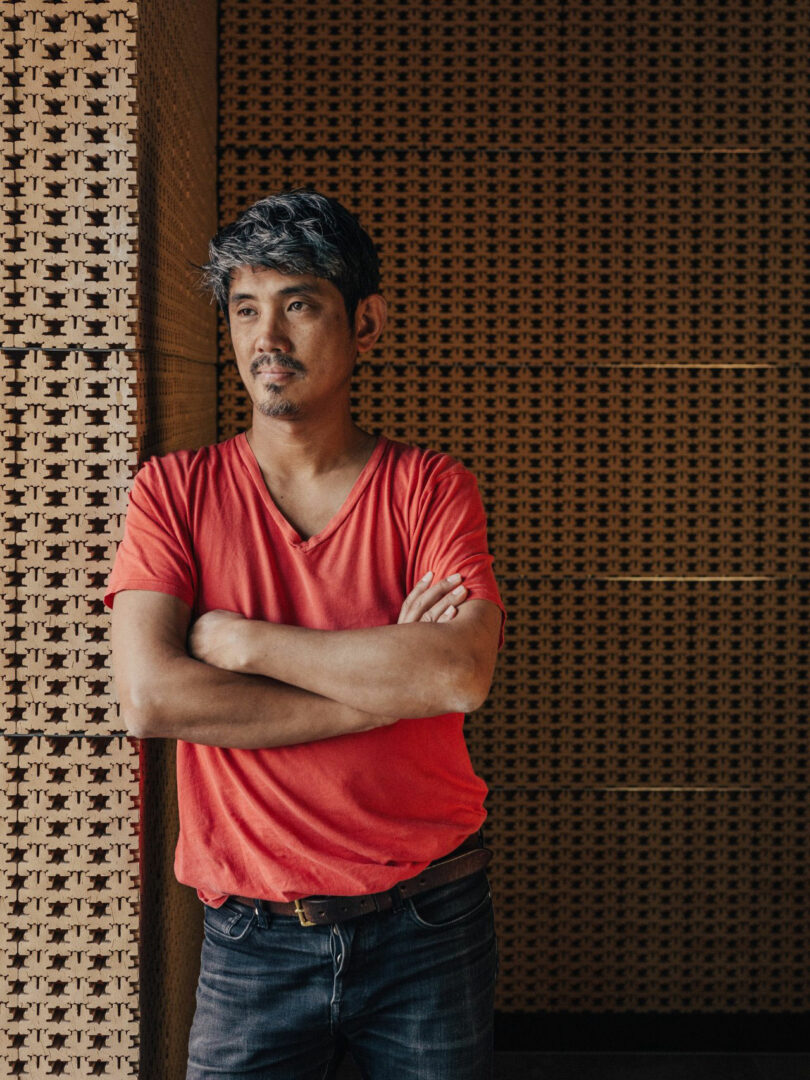
Jun Aizaki of CRÈME \\\ Photo: Taran Wilkhu
Aizaki is as much a storyteller as he is a designer. His holistic approach ensures that each element speaks to the other to enhance an individual’s interaction within a space or their connection with an object. Inspiration comes not only from favorite locales, but also from clientele or his extended family of artists and fabricators.
Never short of ideas, Aizaki uses both analog and digital methods to get them down quickly. He still carries traditional paper notebooks around because he believes that writing by hand is powerful. He also uses the illustration app Procreate on his iPad so he can easily move between text and drawings, from patterns to architectural diagrams.
Aizaki also embraces the artisanal via pottery, which he has explored since his student days. He appreciates that this craft, unlike architecture, is fully tactile because of how one shapes a form with their own hands. Yet the two do have a striking similarity. “Both practices share a common unpredictability,” he notes. “You can design carefully, but the final outcome depends on material, chemistry, and teamwork. That spirit of collaboration is what makes these processes so rewarding to me.”
Today, Jun Aizaki joins us for Friday Five!
1. My motorcycle
I’ve had motorcycles for all of my life. For me, they’re about freedom, mobility, and most importantly, being able to move quickly and get things done. Mobility, whether it’s a motorcycle, a CitiBike/Lime, or public transportation, is so important to how we live. Anything that gets you around fascinates me. I would eventually love to work on projects related to transportation – it’s such a vital part of urban life, and a natural extension of how design can shape better, more connected communities.
2. Knife Collection
This traditional knife has been with me since I took it from my family home in Japan. What I love about it is how reliable it is. It is incredibly sharp and effortlessly precise. When a tool is sharpened well and you can depend on it completely, it’s a great feeling. It’s a beautiful object, simple and understated, but full of meaning. Every time I use it, it reminds me of the value of craftsmanship: precision, discipline, and the quiet strength of something made with care.
3. Kurzgesagt YouTube Channel
Kurzgesagt creates beautifully animated videos that explain complex topics in a way that’s accessible and visually compelling. One of their videos that stuck with me is “What Is Life?” – it takes on huge, philosophical questions and makes them tangible. I’ve always been drawn to ways of telling stories that simplify the complexity of the world, and their work blends design, science, and imagination in a way that’s both playful and profound.
4. Yunomi
My appreciation for ceramics has deep roots. My mother’s hometown, Hagi, in southwestern Japan, is famous for its Hagiyaki pottery – one of the four historic pottery styles in Japan. This one in particular was one my dad used a lot. It is a simple, beautiful object, showing the patina of use: cracks, finger marks of the maker, layers of time. Purposefully imperfect. This one came in a pair and I had accidentally broken one as a child, so it is even more meaningful that I have the remaining one with me now. Today, my connection to ceramics – both making and collecting – ties me back to that history and tradition, and it’s something I continue to explore through my own work and hobbies.
5. Plants
I keep plants around my workspace because they’re a small but constant reminder of resilience and growth. It’s fascinating to me how a simple leaf can fall off and start growing roots on its own. To me, plants are fun to care for, and they add a piece of nature to daily life. That connection to nature also plays a big role in our work at CRÈME, where we always try to bring natural elements into our designs whenever we can.
Works by June Aizaki and CRÈME:
Brooklyn Townhouse
This townhouse renovation in Brooklyn is a study in restraint, material honesty, and layered craft. The exterior features reclaimed redwood siding sourced from a former water tower, setting the tone for a design rooted in warmth and quiet intention. Inside, traditional Japanese influences are woven through a contemporary framework, creating a space that balances texture, natural light, and thoughtful simplicity. A small treehouse tucked into the rear garden adds a playful, unexpected layer.
The Gourd Project
The Gourd Project is an innovative initiative by CRÈME that explores the use of gourds grown in molds to create functional, biodegradable vessels like cups and flasks. This project reimagines a centuries-old craft through a modern lens, aiming to produce sustainable, renewable, and compostable alternatives to single-use plastic products.
Timber Bridge
CRÈME’s proposal for the Timber Bridge envisions a bridge connecting Brooklyn’s Greenpoint and Queens’ Long Island City. Designed to enhance pedestrian transit and create green spaces, the bridge aims to foster community connection and provide a safer, more enjoyable commute for cyclists and pedestrians.

Photo: Taran Wilkhu
Sheraton Kagoshima
Sheraton Kagoshima is the area’s first internationally branded hotel. The design team drew inspiration from the region’s culture, incorporating elements of the area’s history and traditions into the design. Artwork at different scales, rich materials with natural tones and textures create an extension of the city with engaging community spaces that allow visitors to relax, meet, or work.
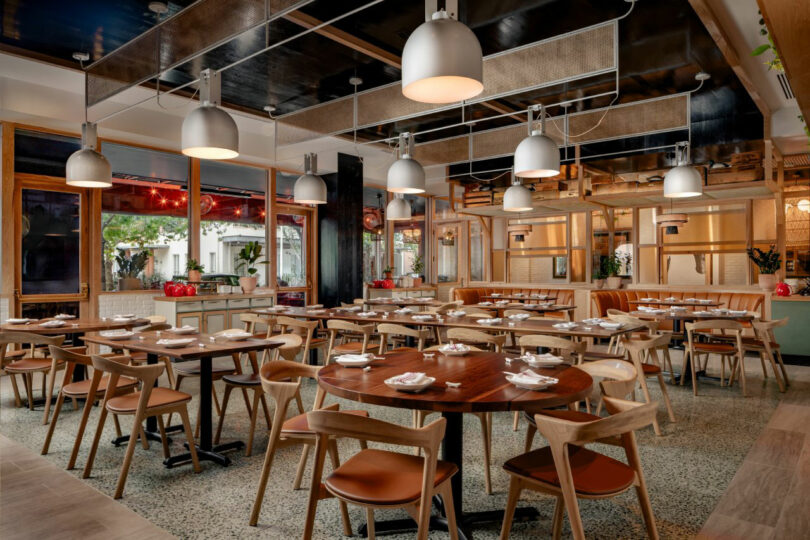
Photo: Erin Holsonback
RedFarm Austin
CRÈME brought RedFarm’s playful, market-driven take on Chinese cuisine to Austin with a design that feels fresh, energetic, and communal. Utilizing refined materials and design elements, the space nods to both the local area and RedFarm’s diverse cultural influences, creating a lively setting that complements the restaurant’s innovative menu.















![Ditching a Microsoft Job to Enter Startup Hell with Lonewolf Engineer Sam Crombie [Podcast #171]](https://cdn.hashnode.com/res/hashnode/image/upload/v1746753508177/0cd57f66-fdb0-4972-b285-1443a7db39fc.png?#)


















